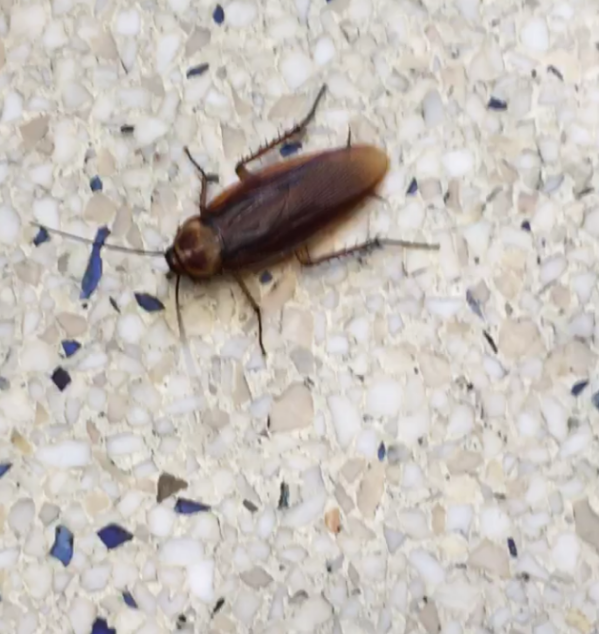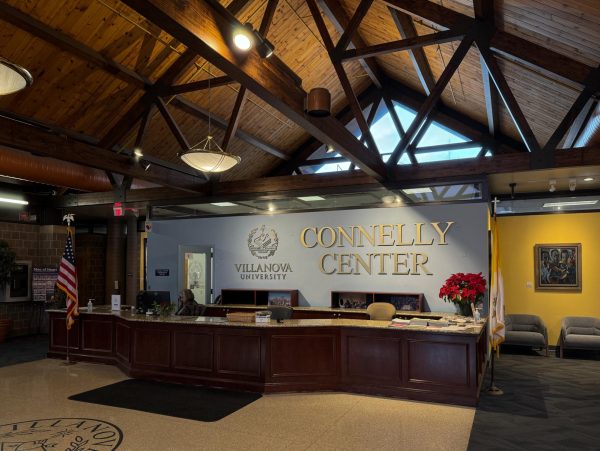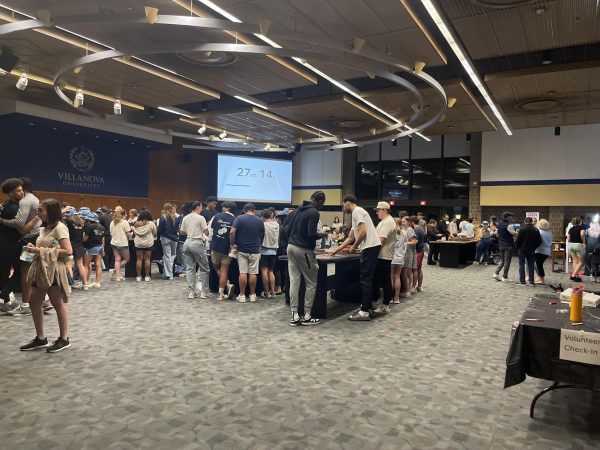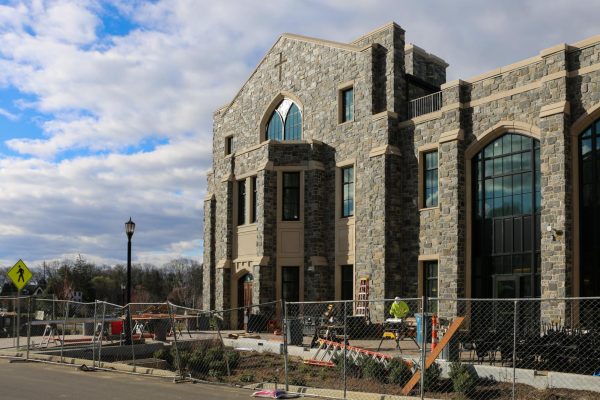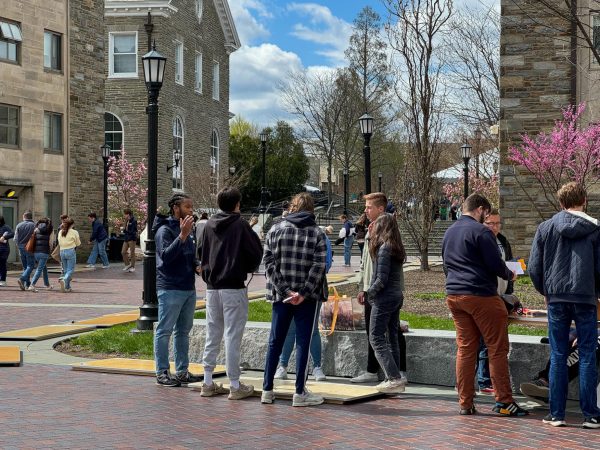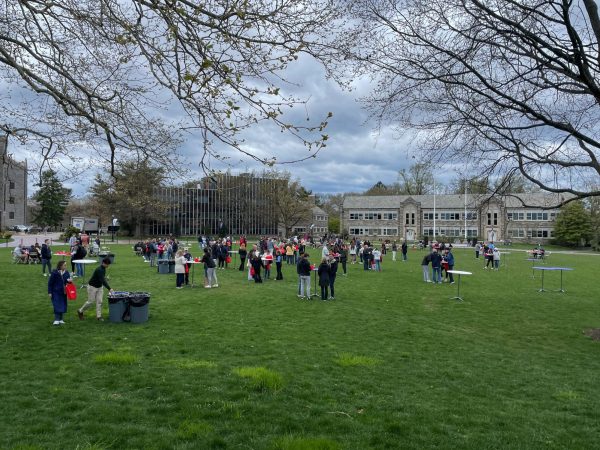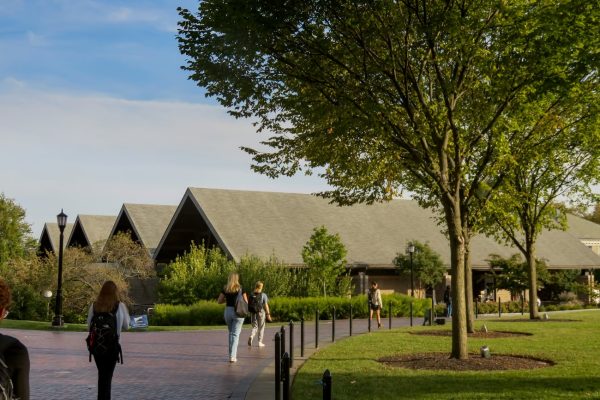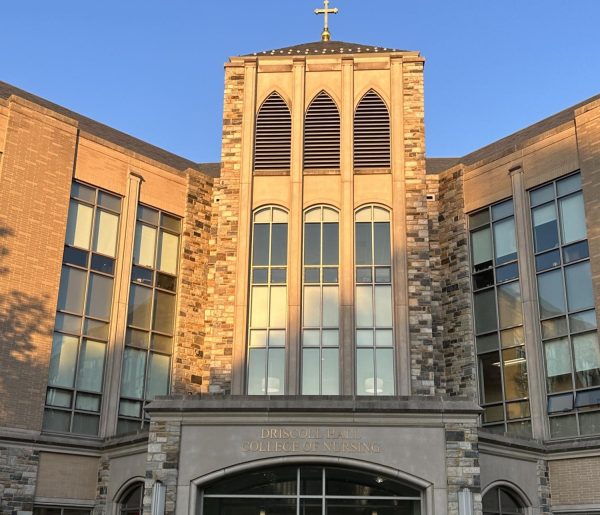Cockroaches in Corr and campus infestation
September 20, 2016
A cockroach infestation has taken hold in several of the University’s residence and dining halls. There have been sporadic reports of roaches in Sheehan, Corr, St. Mary’s and Dougherty Halls. The roaches have been a problem for several weeks and students have taken notice.
“It’s gross,” one Corr resident said. “It makes me want to move out.”
The cockroaches come up from the sewer and settle in campus buildings, because they are attracted to food left out in the open and dampness. These conditions can be easily met by a dorm building with untidy students and leaking pipes. The duration of these infestations can be traced back to the cockroach’s resilience.
“Once you have a cockroach infestation, it’s not easy to get rid of them,” Vikram Iyengar, professor of entomology, said, “They can survive under amazing conditions, whether it’s high heat or low amounts of water. Cockroaches are pretty good in terms of pesticide resistance and in terms of hiding away in spaces where pesticides may not be able to reach. Many cockroaches can even eat wood.”
Despite their reputation as unsanitary disease carriers, cockroaches do not necessarily threaten the health of students in infested dorms.
“They’re generally more of a nuisance than anything else,” Iyengar said. “They can carry some germs with them but more than anything else people are allergic to things cockroaches have… things like dust mites and pet dander.”
Iyengar went on to specify that asthmatics are at risk during cockroach infestations because allergens carried by cockroaches can trigger asthma attacks.
Unfortunately, cockroaches are not the only pest the University is struggling with. While cockroaches are the biggest problem in residence halls, dining areas are more frequently afflicted with mice, and stopping the rodents from settling down in dining areas is a perennial problem. The Holy Grounds in CEER has been fighting a mouse infestation for some time, but has attempted to do so without alerting students.
“They set traps at night,” a Holy Grounds employee said. “They put the traps out, turn the lights off, lock up and leave.”
The University is not unused to controlling pests and has a well-tested system for combating infestation.
All dining hall staff members are required to report pest sightings, and RAs are given work order forms to be filled out upon reports of pests. The University is hesitant to use pesticides to control infestations for fear of risking students’ health. Consequently, infestations are primarily handled with traps and preventative maintenance. The exteriors of all University buildings are sprayed with repellant every summer, and University officials meet with an outside extermination contractor once a month to discuss trends in pest reports and to arrange the treatment of problem areas. This month, traps have been set in the CEER Holy Grounds and a hole in the building’s floor has been sealed up.
“We’re working on it all the time,” Patricia Haley, University environmental health and safety specialist, said. “When someone calls we’ll say ‘somebody will be there the next day’ and then we keep coming back until we resolve the issue.”
Unless the problem worsens, all Villanova dining areas will remain open. The Department of Residence Life urges students to store their food properly through practices like keeping all food in sealed containers and well above the floor. Students can further reduce the risk of infestation by cleaning up spills and disposing of drink containers immediately after use to limit pests’ access to water. The University also urges students to report leaky pipes, cracks in walls, and sightings of pests. Students can report pests or the problems that attract them by talking to their RAs.

